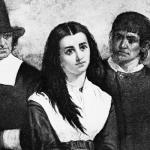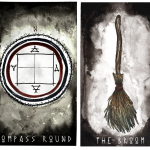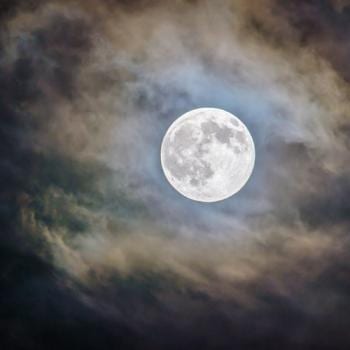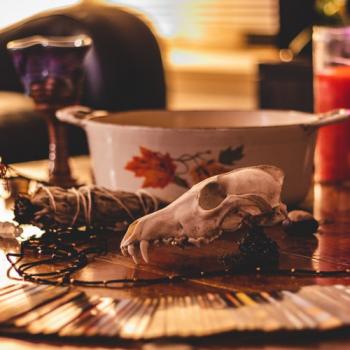In the first part of this article series we discussed the term ‘Traditional Witchcraft’ and laid out a working definition of what it entails. This was bolstered in the second article of this series in which we explored the historical basis of our definition. If you haven’t read these two previous posts, I highly recommend you do so now, before continuing to the third and final part.
Given what we have learned, in this article we will be discussing how one can work to develop their own Traditional Witchcraft practice.
….
As with many other paths, figuring out where to get started within Traditional Witchcraft can be difficult. Let’s begin by looking at the foundational building blocks of research and practice. As with just about everything else in life, a balance between book learning and practical experience is most beneficial. Within Traditional Witchcraft, learning from books is important but it will only take you so far. The same is true for practical experience, that it is incomplete on its own. Think of a surgeon, you wouldn’t want one operating on you if they have never read a medical text book. Nor would you want them operating on you if they have never picked up a scalpel. There needs to be a synthesis of both types of knowledge in order for the practitioner to grow.
That being said, I think that the best (or rather easiest) place to begin one’s exploration into Traditional Witchcraft is to pick up a book or two (or five) on the subject. Off the top of my head I would recommend Treading the Mill by Nigel Pearson. This is, in my opinion, probably the closest thing out there to a Traditional Witchcraft 101 book. Furthermore, you’ll want to read up on the history of Witchcraft both past and present. This may include considering the history and folklore of Witches in certain regions (we will come back to this later) as well as more modern figures such as Robert Cochrane and his tradition.
However, while there are more books being published on the topic, I will say that many of the books you’ll find most helpful are those that are found off the beaten trail. These are books that are not always marketed towards the Witchcraft community, including historical texts and folkloric anthologies.
And, as always, with any book make sure to use your critical thinking skills! Not all books are created equally, and you may have to do some sifting through misinformation to find what you’re looking for. Pay close attention to citations and source material. Not only does this inform you of the veracity of an author’s claims but their references can also be a good place to find further reading material.
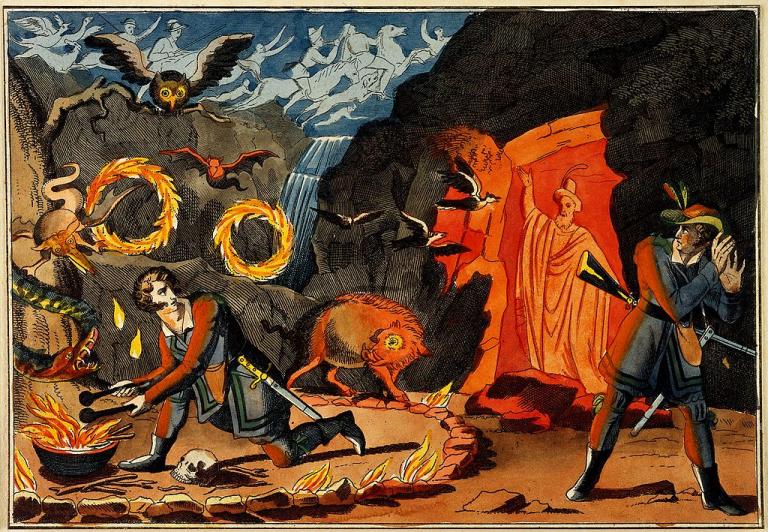
This brings us to the specifics of things you will want to focus on in your research. We established earlier that Traditional Witchcraft is flavored by cultural and regional influences. More precisely, influences from your ancestors and the landscape in which you live.
If you know or can find out, consider what areas your ancestors come from. First and foremost, this information gives you a well of inspiration from which to draw. You may find that this area has specific deities or folk magic practices that you’d like to explore. There may be folkloric stories that you feel drawn to or even music and food that call to you. These can all be fused into your Craft in various ways that that deepen your path. In addition to inspiration, when we include these aspects in our practice, we are honoring our ancestors who are powerful teachers and magical allies.
Here are some primary examples from my own practice:
- Working with the Scottish Goddess Nicnevin and other culturally specific beings.
- Incorporating Scottish Witchlore (found within folkloric and historical accounts). This includes charms, spells, and other magical customs.
- Cooking traditional Scottish foods (like the bannock) to use as offerings
If you’re not able to find out where your ancestors come from, that’s okay! Just as important, are the influences of the land on which you live. Many of the previous considerations apply here as well, such as if there are preexisting folkloric stories/traditions or specific deities/spirits associated with this land. With this, we enter territory where there is the potential for cultural appropriation. Without going into a lecture here, please remember to be contentious and respectful.
In addition, I recommend mindfully integrating pieces of your natural landscape into your practice. I’ve written about this in-depth previously, so I won’t go into much detail here but think about working with the native flora and fauna, as well as the climate/seasons of your region. The benefits to doing so are numerous, but the number one being that these practices honor the spirits of your land who (like our ancestors) are precious teachers and allies.
Examples from my own practice include:
- Identifying local herbs, such as blue Vervain, and using them in spellwork
- Honoring the spirits of my local trees, rivers, and rock structures
- Celebrating the changing seasons in a way that makes sense with the climate of my region.
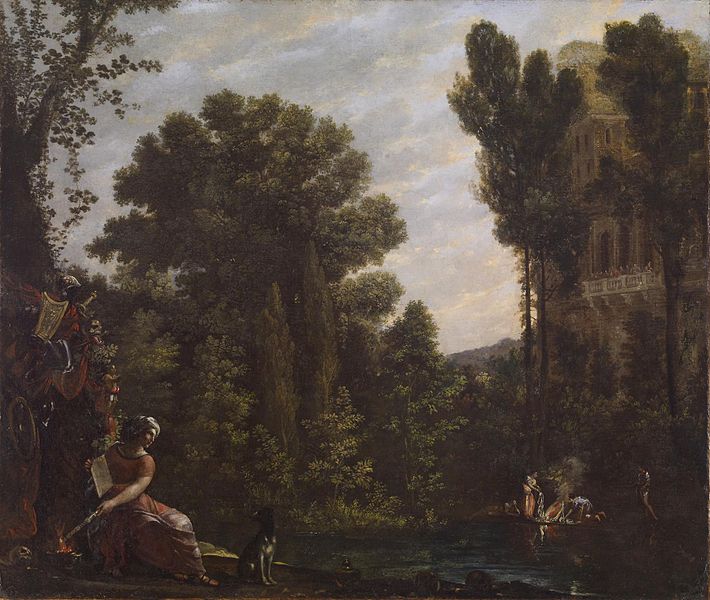
Once you feel comfortably saturated with new knowledge, begin to experiment. I often hear from Witches who are hesitant to begin practicing what they’ve been learning. This is normal and it’s best not to rush yourself into something if you’re feeling uncomfortable or anxious.
When you do feel ready, it’s best to start small and work your way up. Slowly, over time, begin to weave together the elements of your knowledge and practice. This may include mixing the cultural/regional influences with more ritualistic elements such as laying of a Compass and treading of the Mill. The key here is that you’re creating a tradition that is rooted in your landscape, which honors your ancestors, and carries on the folklore and history of Witchcraft.
In this sense, Traditional Witchcraft can be very eclectic which may seem like an oxymoron. But I encourage you to rethink the term ‘tradition’ as something that is not completely static but instead fluid and alive. We are building upon the narrative of Witchcraft, creating traditions based on traditions that are based on traditions.
So, go forth and research, explore, experiment, and practice. Read everything you can and find inspiration in folkloric stories and historical accounts of Witchcraft and magic. Revel in tales of Gods, and ghosts, and faeries but don’t be afraid to put the books down and get your hands dirty. Go out to the woods or cross the Hedge and meet with the Gods, or your ancestors, or with the spirits of the land. Give offerings, say prayers, and make pacts. Gather herbs and stones from your natural landscape to use in the casting of spells and crafting of charms. These are the steps to beginning your own Traditional Witchcraft practice.

